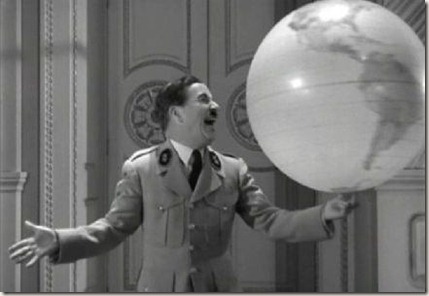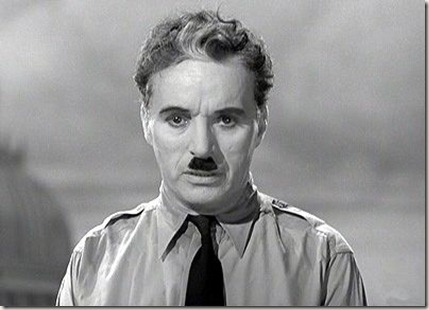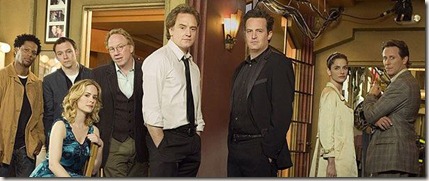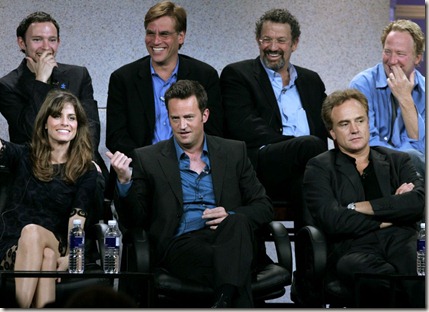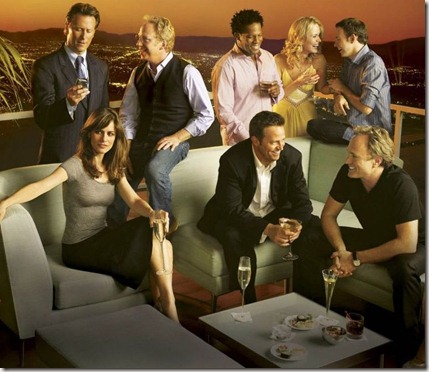
I’m a total horror buff. Like most of my kin, my affair with the occult started way back in childhood with camp fire stories and grandmother tales. Today, TV seems to have replaced all the traditional media of yesteryear (sorry, gran) but you wont hear me complaining. TV gave us the sexy vampire killer ‘Buffy’, a virtual paradise for conspiracy geeks in ‘The X-files'. It has completely whetted my appetite for the paranormal. And with Supernatural, I have just got hungrier.
Supernatural, created by Eric Kripke, is a fantasy/horror series following the adventures of the Winchester brothers Dean (Jensen Ackles) and Sam (Jared Padalecki). The story goes like this: Years ago, after seeing his wife die in very mysterious circumstances, John Winchester (their father played by Jeffery Dean Morgan) became obsessed with the occult and devoted his life to vanquish all evil.
In such an unnatural environment, the boys grow up with the knowledge of evil which the general populace is unaware of. This upbringing does take its toll on the boys, especially Sam who yearns for a normal life. After Sam turns 18, he moves out in pursuit of normalcy with Dean continuing in the ‘family trade’. But as fate would have it, the father goes missing and the brothers join forces once more, retracing their father’s steps to solve his disappearance. The series continues from there with the duo moving from one adventure to another taking on all things that go bump in the night.


Photo 1: Mrs. Winchester dies in ‘mysterious’ circumstances
Photo 2: John Winchester with young Dean And Sam
From the the ‘Lady in White’, a ghost based on tales told worldwide of women who, in an act of desperation, kill their children and then themselves because of a cheating husband to a ‘Djinn’ a creature much like an evil genie, Supernatural keeps throwing up a vast array of mythic monsters. Every baddie is well researched and has its origins on actual folklore or legends. More recently the show has had its full share of biblical demons and angels which according to alternate theories are not the white feathery images normally imagined to be.



Supernatural baddies (L to R): Lady in white, Djinn, Reaper
If the bad guys are good, then the best part about Supernatural are the stories. Every episode is a complete story in itself. Be it about vampires, tricksters, zombies or demons, the men behind the show have always managed to round off an episode. There is a main thread for each season that takes the plot forward but missing one in the middle will have no effect on your understanding. Even the alternate one-off are quite enjoyable with popular celebs throw in for good measure. The latest in this line was a blood thirsty Paris Hilton playing herself.
Slick production values is another great plus. Supernatural can easily boast of amazing special effects that can rival any Hollywood horror flick. The entire series is crafted with an eerie atmosphere complete with a scary score that will make the hair on the back of your neck stand. I guess coming from the stables of Warner Brothers Television Unit does help.

Great production values with slick effects creates eerie atmospheres
The creators’ fascination with Rock & Roll is quite evident from the use of AC/DC songs that start off each season. From ‘highway to hell’ to ‘black is back’ or even the latest season which features ‘thunderstruck’ as the opening theme. Sometimes even the episodes have titles like ‘In my time of dying’, ‘house of the holy’, ‘ Sympathy for the devil’ etc. A tribute to Led Zeppelin, Rolling Stones and other bands from the era gone by?
While the protagonists are quite popular among the shows audience, the creators have shown keen intelligence in their casting. In one stroke, they have straddled two strata of audience: ‘Just out of College’ Sam known for his teenage appeal for the youth and ‘Vintage Chevy driving, Rock & Roll buff’ Dean for the young adult. Both brothers are crafted with a distinct personality that make them unique and makes for great on screen chemistry.
As the series motors on, sibling dynamics ensue with brotherly squabbles. Light, humorous comments is a trademark of the brothers conversations which do help in lightening the tension onscreen.
For example:
Dean: Ya' know she could be faking.
Sam: Yeah, what do you wanna do, poke her with a stick?
[Dean nods]
Sam: Dude, you're not gonna poke her with a stick?

Sam (L) and Dean (R) have distinct personalities that gel well with each other
Even returning characters like Bobby the mentor (Jim Beaver) who you might say is quite the hillbilly, Castiel, Heaven's fallen angel (Misha Collins) are well thought out. As the series rolls on, these characters play pivotal roles and are instrumental in the development of the main characters.


Photo 1: Sam and Dean’s hillbilly mentor Bobby
Photo 2: Castiel, heaven’s fallen angel
Trying to summarize episodes will take away the fun of watching Supernatural. Not to give away the plot of the main thread but I cant resist a teaser about the recently started 5th season (the final one, if rumours are to be believed) which features the end game with hell’s main man ‘Lucifer’. A final season replete with Heaven’s fiercest arch angels and Hell’s most dreaded demons is to sure to give this show a closure it rightly deserves.
So then, if I can say so, Supernatural is a definite must-see for all Horror/ Fantasy fans. Even if you are not, Supernatural is loads of fun and excitement for its gripping storyline, well rounded characters, scary bad guys and amazing special effects.
9/10

